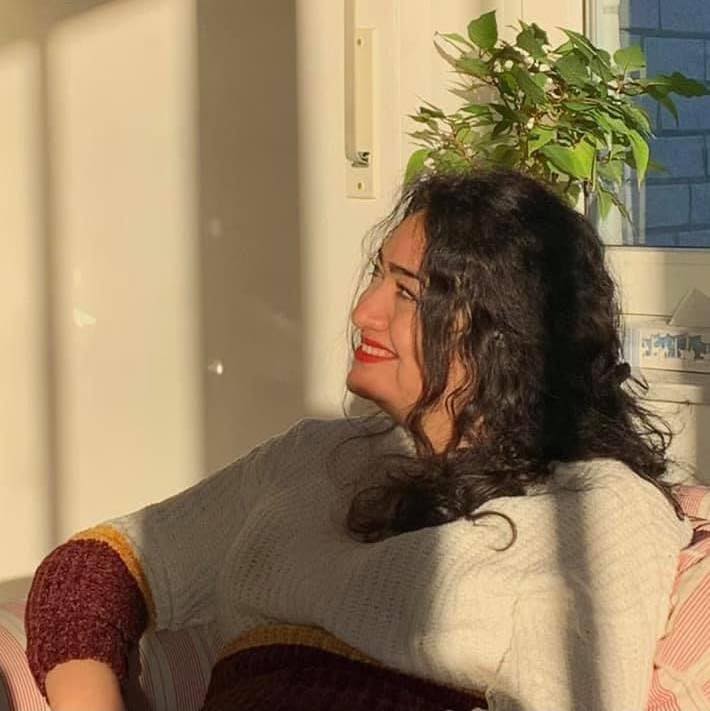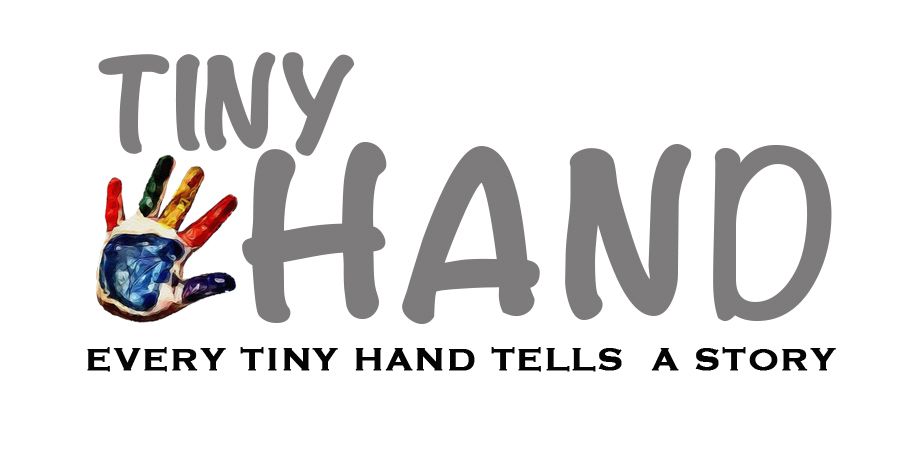Create your own beautiful world and share it with children!
The inspiring story of the Syrian artist and writer, Gulnar Hajo
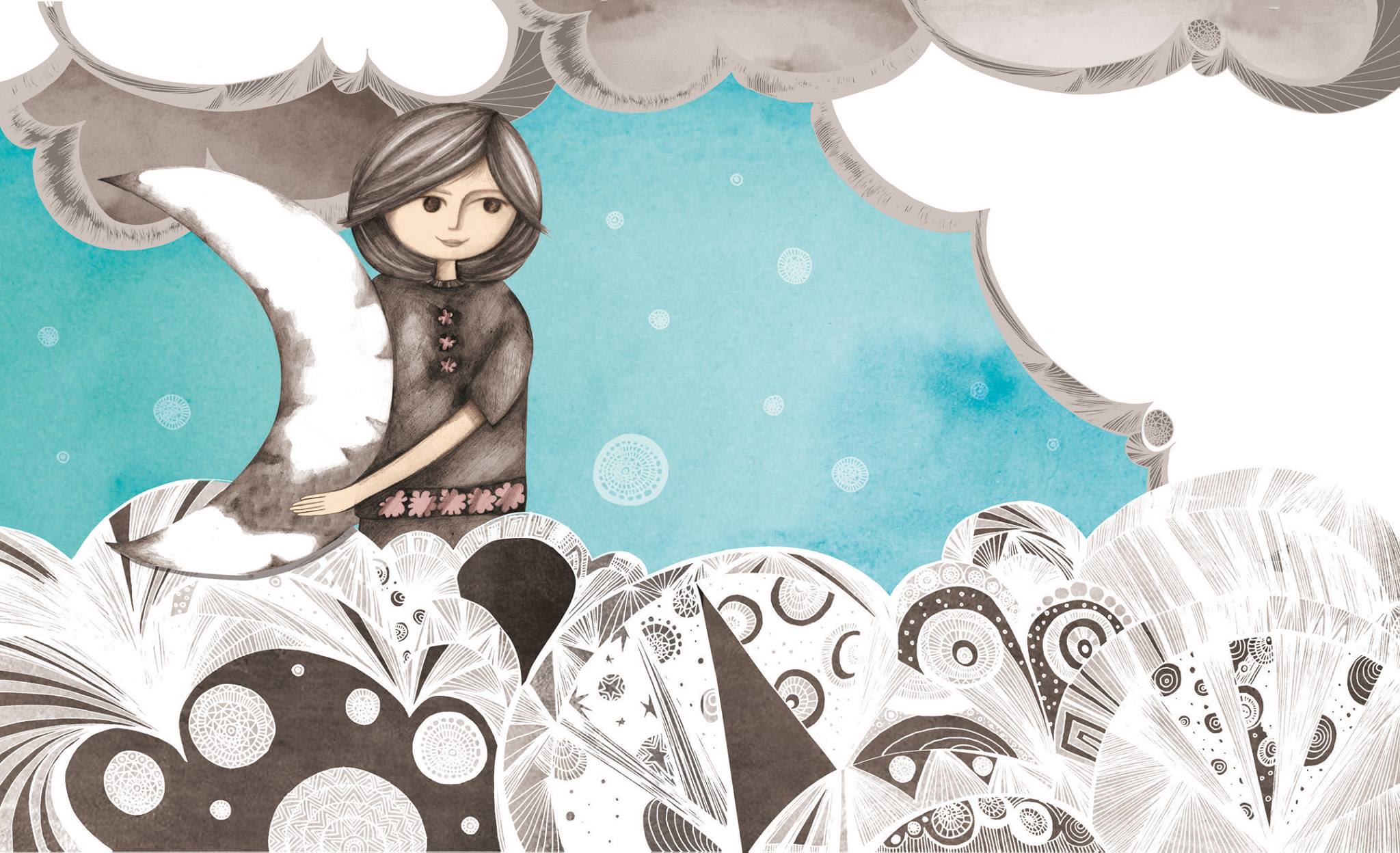
In the lovely world of Gulnar Hajo, you’ll encounter characters that are like you, or more precisely, like the child who is still living within you. Names and appearances might look different, but you’ll definitely find yourself during this tour.
This world that is created by the Syrian artist and writer, Gulnar , via her brush and pencil is sufficient to awake the child living inside you. What’s more, you’ll ask yourself why not to come back a child and think as children!
You’ll like it because after finishing reading her books, you’ll discover that the child within you is able to figure out the true meaning of life. That is the truth that we may neglect as we get older; it is about true happiness and how we reach it!
The Extraordinary World of Books and Children’s Literature with Gulnar Hajo from Syria
Colors, a pencil and much of honesty
“The Story of a Dot on a White Notebook”
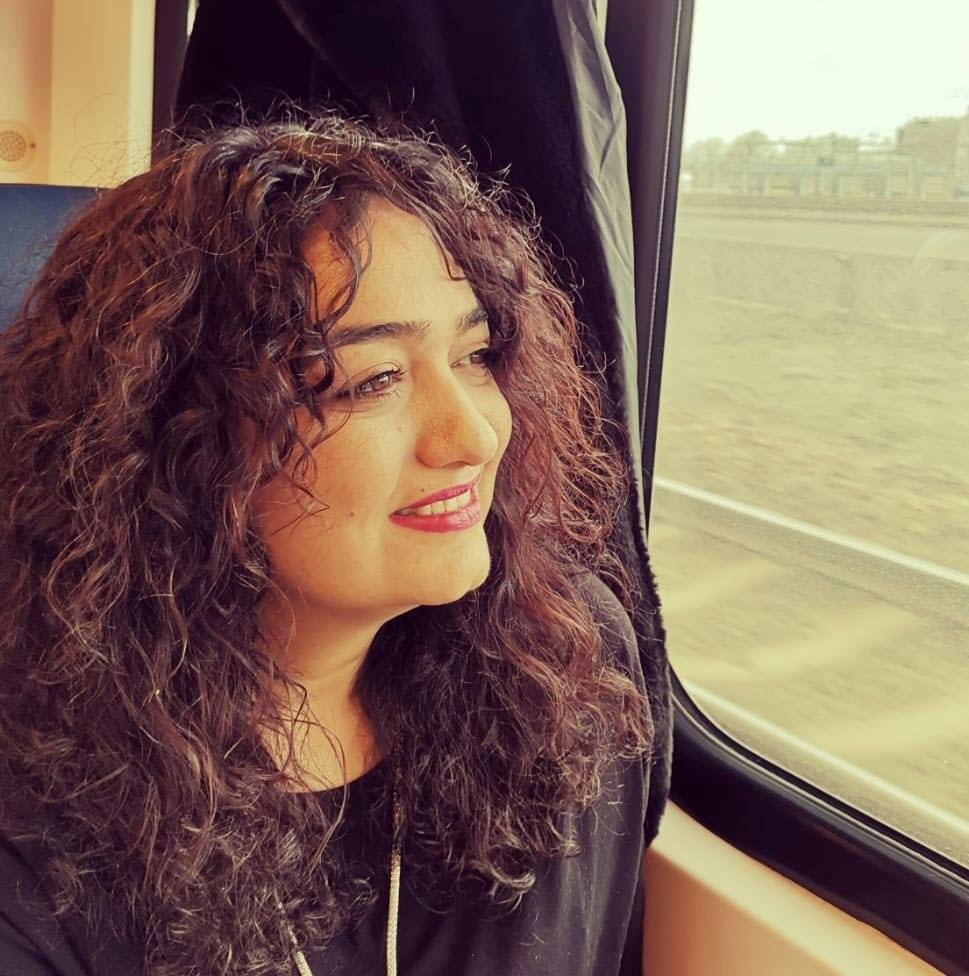
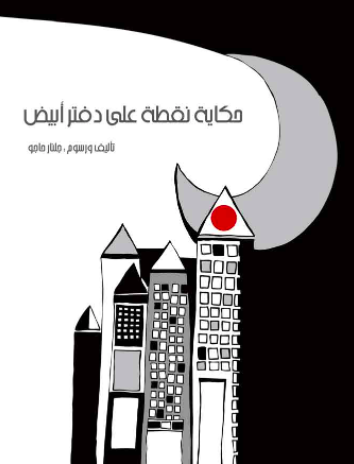
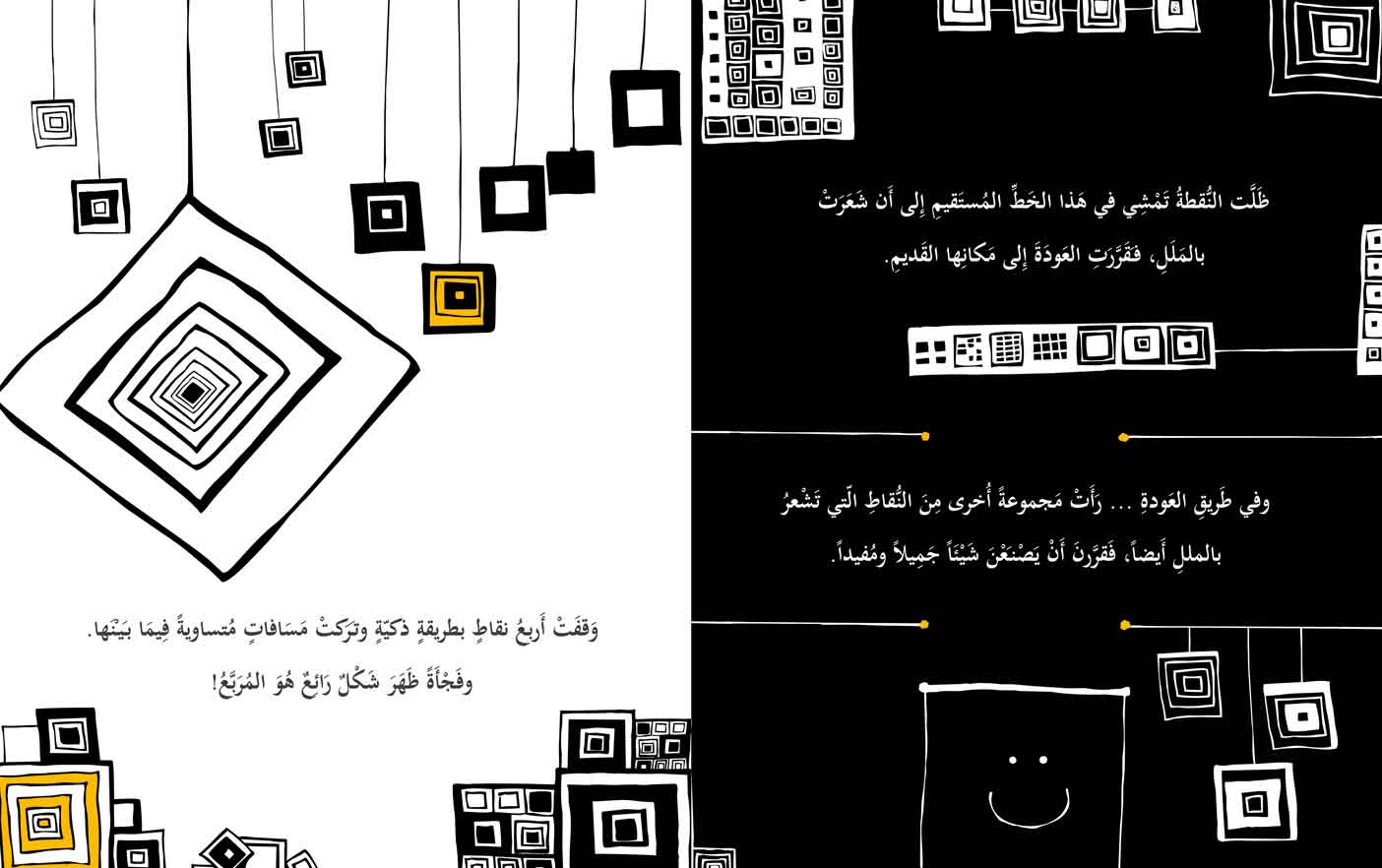
Do you have the capability to express the passion of what you do with a ”dot”?! In short, this is what the Syrian artist and writer Gulnar Hajo did in one of her books entitled “The Story of a Dot on a White Notebook”. The amazing thing in the story is her ability to write a tale of complete elements from a single “dot”.
Gulnar did not only write the story, but she also attached with it some drawings that, in turn, made it look more attractive and meaningful. In fact, this is the case with most books that the young Syrian girl worked on.
Gulnar graduated from the Faculty of Fine Arts, Damascus University, and later specialized in children’s literature. She has written and drawn numerous books and drawings of and directed to children. She believes that “honesty” is the reason why these books could touch children's hearts and minds.
In an interview with Tiny Hand, Gulnar said: “The more you are honest in what you do, whether in writing or drawing, the more influence you have on children.”
"I respect children’s opinions as they are not naïve creatures, but are difficult to convince. This is because a child fully recognizes art and they are able to understand the different themes and concepts and interact with them," she added.
Drawings directed to children are not a piece of cake and require that the artist would take into account children’s imagination. Besides, artists need to add imagination to the written script without damaging the latter, taking into consideration the existence of the proper artistic elements. “Arab children are different from Western children who are considered readers in terms of the resources given to them. Yet, this does not mean that Arab children’s artistic levels are below standard," she noted.
"This is the story of a dot that was fed up with standing in its place for so long without doing a thing at all! And when it moved, it has had numerous exciting and useful adventures," quoted from The Story of a Dot on a White Notebook. The book is available in Arabic, Turkish, English, Swedish, and Spanish.
Writing and Drawing in Post-War Syria
No Place for Daily Troubles!
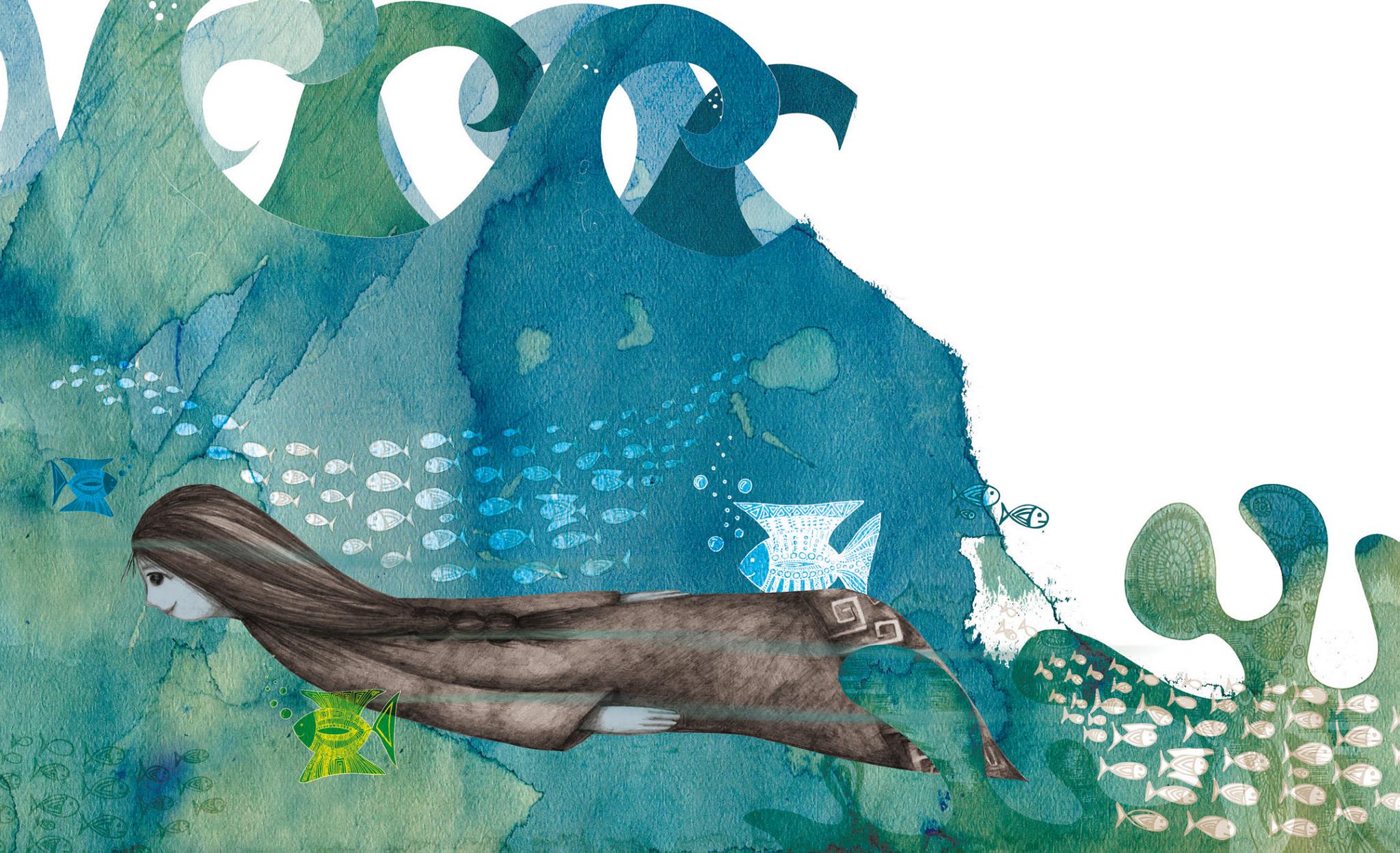
Nine years ago, Gulnar packed her pencils and colors along with all Syrian children’s pain and left Damascus because of the war. In all the stages of asylum that eventually led her to the Netherlands, she met refugee children in workshops.
This drawing might sum up the reality of the children whom Gulnar had met: a lot of struggling thoughts in their minds; fear from aerial bombardment; grief over losing beloved ones; nostalgia for their homes and schools; and many issues that worsened their psychological health.
Gulnar remarked, "This drawing depicts children’s sufferings from bombardment, asylum and child labor."
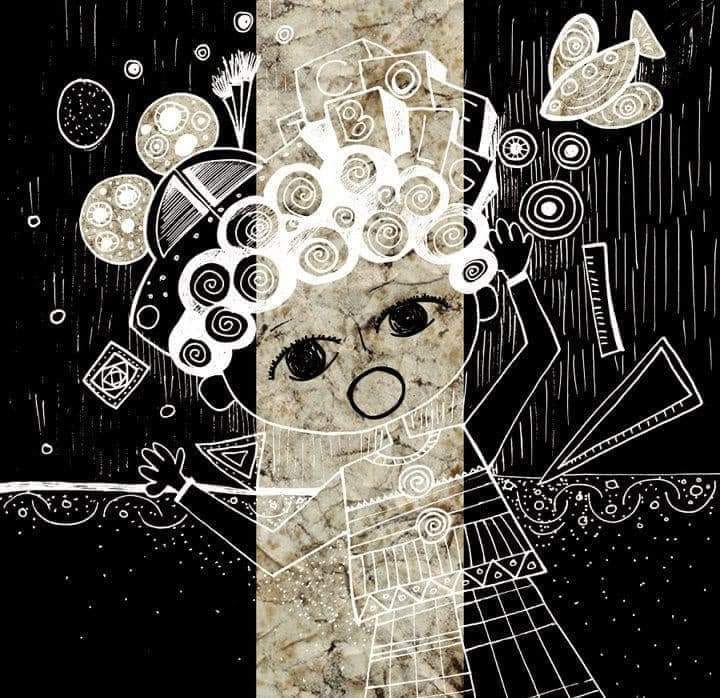
To help these children, Gulnar held several workshops with them, especially when she was still in Turkey. There, she met children suffering from extremely severe psychological conditions.
And through reading and art, they were able to somehow get rid of those problems and resume some strength that assisted them in withstanding the hard times they were going through
“In short, reading enabled children to deal with their tough reality, increased their self-confidence and made them happy, optimistic and joyful.”
Even after moving to the Netherlands, Gulnar continued holding workshops with refugee children.
"I was greatly affected by Syrian children’s miserable situation and that was reflected in the way I think. So, I became interested in adding more colors to my writings and drawings," she pointed out.
Before the outbreak of the war, this female writer shouldered the responsibility for shedding light on the daily matters and problems children used to face. However, after the outbreak of the Syrian war, she felt that children “no longer need to be reminded of their problems and rather they need colors and imagination in order to feel they are still normal children experiencing no tough sufferings at all.”
And that was what Gulnar hoped writing can do for them. She felt that by reading children would feel their life is normal and they will consequently totally forget the difficult situation they are going through.
"The girl in the refugee camp said: 'I held the doorknob with my hand and closed my room’s door. I will sleep in my colorful bed.But my room’s door was a white cloth. My bed became small pieces. For everyone, there was a small piece. I looked for the colored pieces, but I found none until I saw a rainbow although it was far from me. I saw in it all my colors. But all the colors went away and did not wait for me," quoted from her book entitled Incomplete Colors.
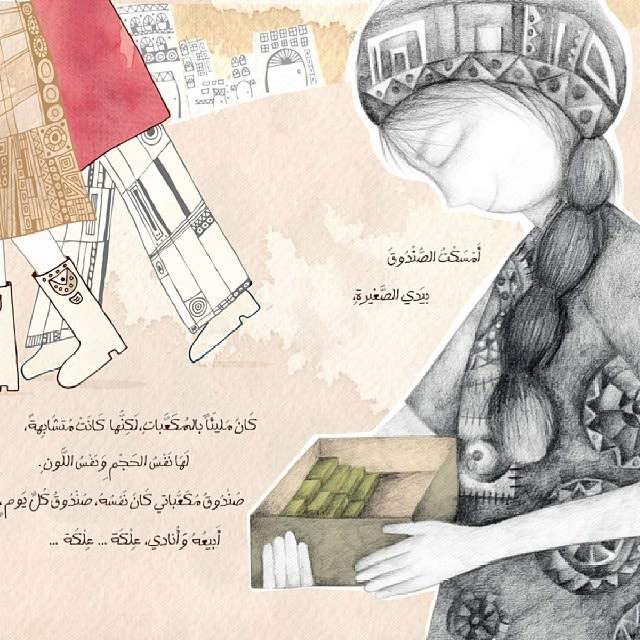
Nostalgia and memories in three Countries
Incomplete Colors
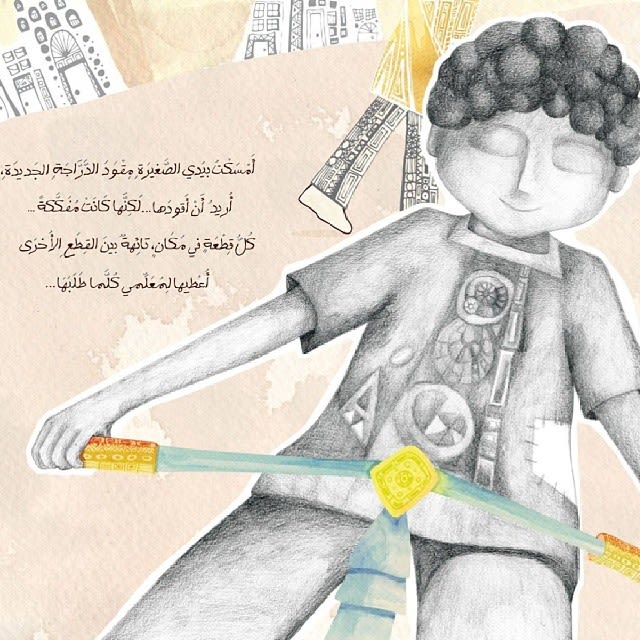
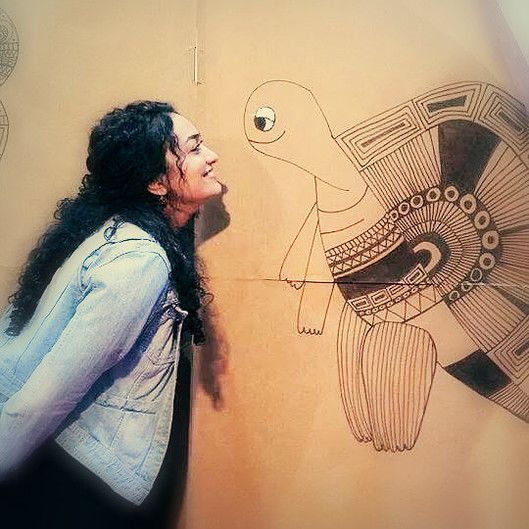
Gulnar is also a refugee, but before that, she is the mother of two girls. The three of them experienced asylum with all its tough details. They moved from one country to a second then to a third. In each one of them, they left behind memories that made their asylum journey even more difficult.
According to Gulnar, all that was easy because she considers nostalgia the least pain Syrian refugees suffer from today as many have lost close friends and relatives.
However, the thing that grieved her heart the most are the hardships Syrian children displaced by the war are facing today. They find themselves obliged to work or live in refugee camps. Therefore, she decided to talk about their sufferings and dreams in her book, Incomplete Colors.
She says in the introduction of this book:
“When you are on a walk in a country with displaced children living on streets, have a good look in their small eyes while polishing shoes on sidewalks, cleaning cars and selling chew gums. Then, listen to their dreams whenever they look up towards the sky looking for the sun! Is what these children dream of impossible? Is it difficult for us to help them? You’ll find out that their dreams are so simple and their happiness is represented by a blue sky and a nice breeze.”
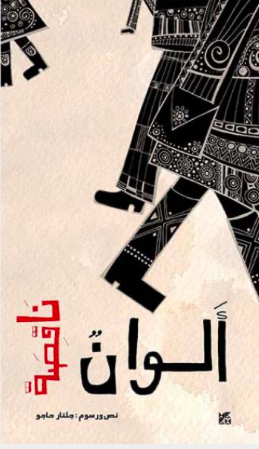
As usual in all her books, Gulnar sends messages of hope through her words. She replied in the same tone of hope when we asked her about the fate of the children living in refugee camps.
She told Tiny Hand: “They have extraordinary will and enjoy a great positive spirit despite all the difficult conditions that they encounter represented by working and living in bad places. They need all sorts of assistance; they deserve to live a normal life.”
All Children like Reading
For Gulnar, the statement of “my child does not like reading” is one of the most “wrong” statements. She justifies that saying that in our Arab World, there is “little appreciation for the value of stories and books.”
Books are a means and a perfect way for children to be creative, improve their life and enhance their self-confidence.
In fact, this is what Gulnar has seen through her experience with children. They are only “in need of an opportunity to express themselves and be creative and this is what stories provide.”
Here's my advice for all families: "Start reading stories to your children when they are at the age of 6 months. Do not decide that they do not like reading, and prefer spending their time on electronic devices, like iPads and cellphones.
It needs your initiative because children don’t fall in love with reading at once! You have to interact with them. Making efforts in this regard requires no more than 10 minutes a day. The other thing is that types of books differ depending on the age of your children."
"Here is how it works: Choose for the children aged between 3 and 5 books that contain colors and clear lines. For the child, the quality of pictures is as important as the quality of a text.
Besides, choose the books that narrate real stories because at these ages, children prefer real stories to fairy tales. As children grow older, you can select books that are more fictive and artistic. Eventually, I advise you to choose books that are about children’s life because they help your children solve the problems they face," she continued.
http://bright-fingers.com/books/
Remarkably, Gulnar published Zeyna ve Aziz, an online book that features useful games. It is considered a means to encourage children to read more.
This is me … A Story of a Dream
Gulnar the child
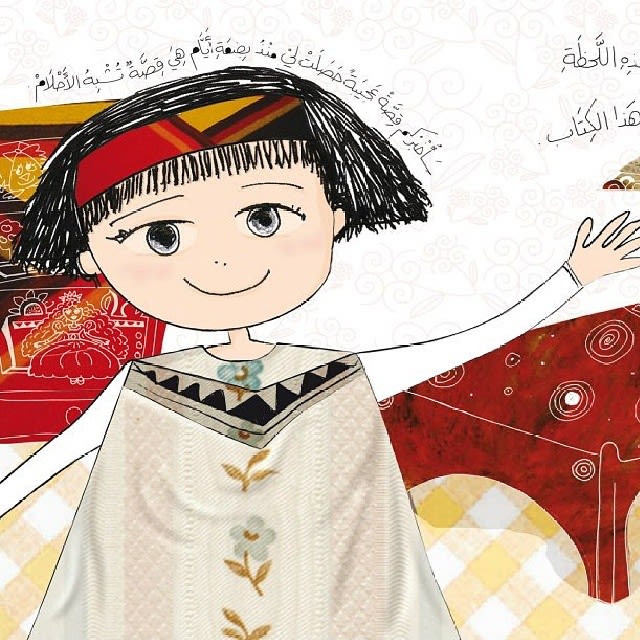
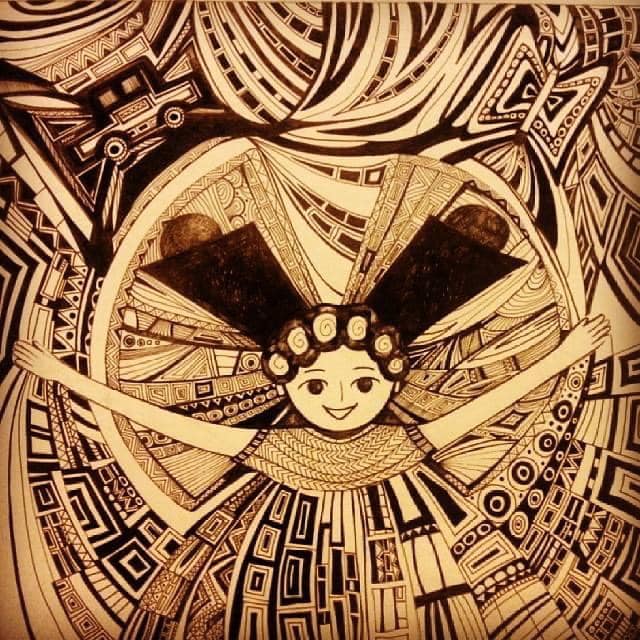
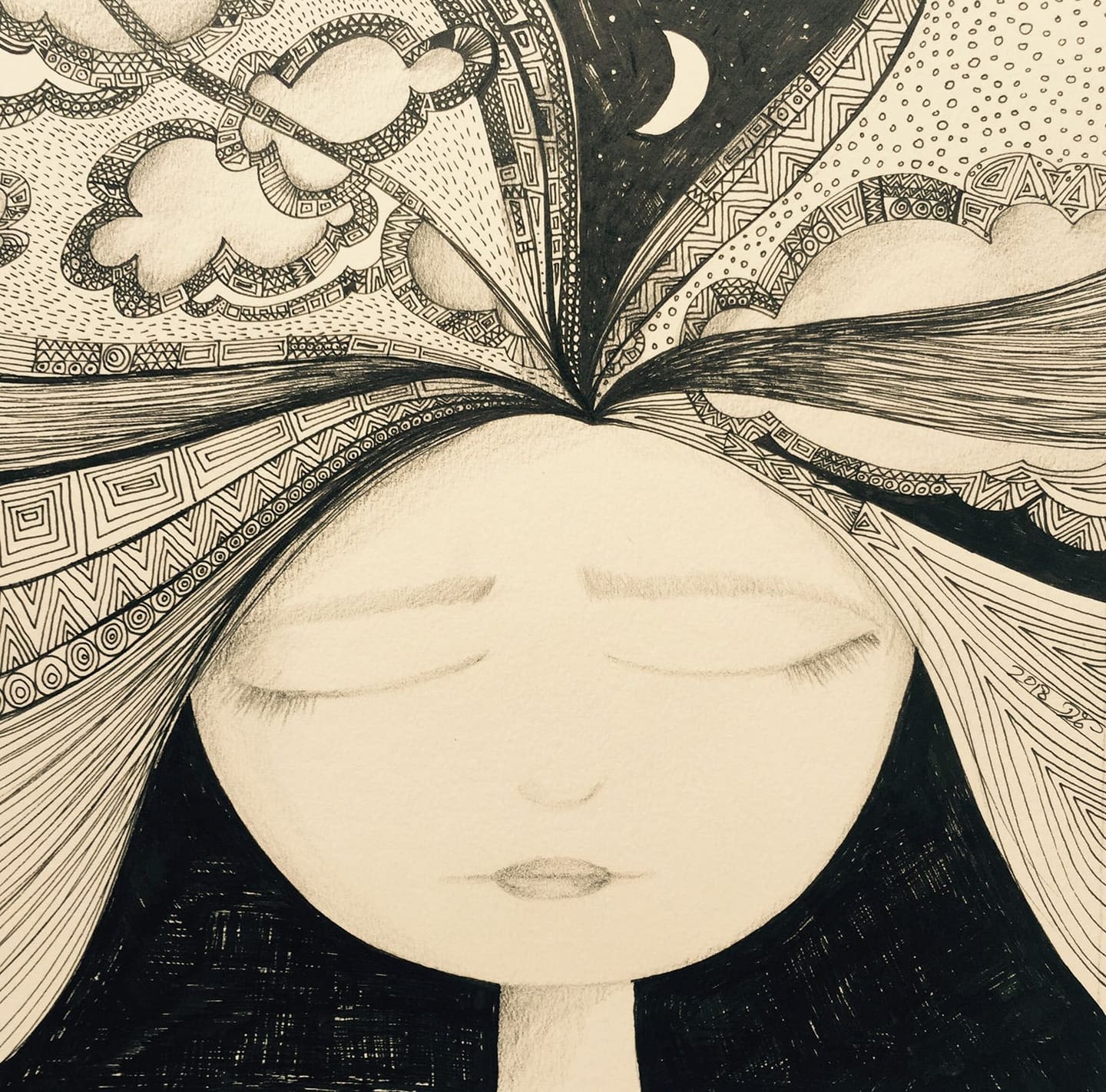
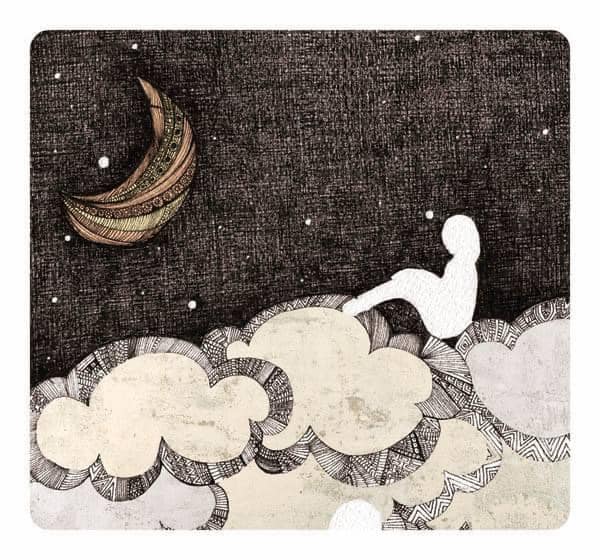
The brilliant thing in the stories written by Gulanar is that older people are attracted to them as well because she uses a smooth language in expressing her ideas. In addition, the stories are based on either her experiences in life or those of the children whom she had met. This makes what she presents in her books a mixture that is like our lives in a way or another.
Her book, A Story of a Dream has a special value in the writer’s heart as she considers the major character in the story to be like her the most.
Gulnar said, "The story is about a little girl who has the talent of drawing. At the same time, she loves Barbie toy to the exent that she wishes she could become Barbie. She later transforms to Barbie, but that made her lose the ability to draw along with her previous talents. The story ends when the girl is woken up by her father’s voice to discover that she did not turn to Barbie and that it was just a dream!”
Here, Gulnar clarifies that it is important for every girl to love herself even if she is not like Barbie. This is because all girls have their own special talents and merits.
She concludes saying: "This story represents me as I wrote it based on my experience with my daughters.”
Today, Gulnar is working on two new books. The first is entitled “I Did Wrong”, that is about a child who is not studying for his exam, and then cheats to pass. The book sheds light on the struggle through which the child goes until admitting to his teacher that he had made a mistake. The teacher then forgives him due to his honesty.
The second book is entitled “When I‘m Scared”. It covers the fear of children and helps them overcome it.
Gulnar has won a number of awards for her books and drawings, including:
Etisalat Award for Arabic Children’s Literature in 2015 for the best illustrations in her book entitled "Nour Runs Away from the Story".
Sharjah Children’s Book Award as the best book for the age groups between 6 and 8, entitled “My Ego and I”.
An Award for the best script from the Swedish Anna-Linda company, in 2009 for her book, "When I’m Mad - When I’m Sad”.
These awards and prizes amplified her determination to pursue her dream of publishing her books in all the world's languages. Some of them have already been translated into English, Swedish, Turkish, and Spanish.
Currently, she is pursuing her dream along with her husband through the publishing house that he founded under the name of “Bright Finger Publishing House”.
"All of us can influence children and I say to everybody, neither hesitate nor think that what you do is small or insignificant. All these steps will positively affect children and help them. Do not undervalue the small attempts.” Gulnar
